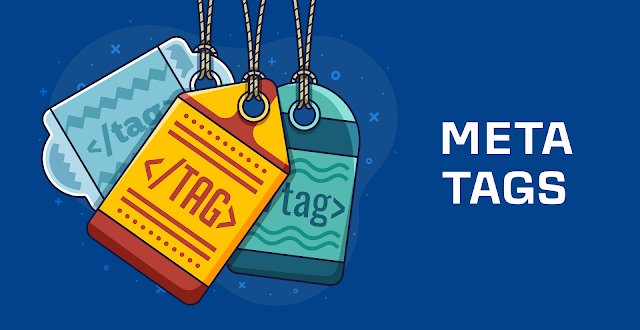If you run a Blogger blog for your business or organization, you may occasionally need to alter the HTML code for it. In general, Blogger automates the coding aspects of your blog, saving you significant amounts of time creating HTML and CSS code. However, if you want to include meta tags within your blog, you do need to edit its HTML code. Adding meta tags to your blog allows you to include information that may affect how well it performs in search engines.
1. Create a blank text file in a text editor to build your meta tags. Rather than writing the code directly into Blogger, it is easier to prepare it in advance. The most common meta tags are for the site keywords and description. You can also include meta elements to indicate the author and revised dates for page content. To create a keywords meta element, use the following outline:
This example could be for a print and design business, with the keywords indicating the content of the site pages. Alter the keywords to suit the content on your own blog. For the description meta element, use the following syntax:
The description includes readable sentences concisely explaining the content and purpose of the site. Again, alter this to suit your own blog.
2. Access the HTML content for your blog. Log in to Blogger and find your blog in the Dashboard. If you are using the newer Blogger interface, select "Template" from the drop-down list for your blog. For the older style, click "Design" for the blog you are working on. Click "Edit HTML" from the list along the top of the Design section. A large text field appears with your blog code in it. Check the "Expand Widget Templates" check box above the text field to show all of the code for the template your blog is using.
3. Find the head section of your blog. You need to place your meta tags in the head section of your blog template. The easiest way to do this is to locate the closing tag. You can use your browser's "find" tool to do this by pressing "Ctrl-F" or choosing "Edit" and then "Find" from the browser toolbar menu. Enter "" (without quotes) and press "Enter" to find it in the HTML code. Place your cursor before the closing head tag.
4. Enter your meta tags. Copy your meta tags from the text file you created by selecting the code and pressing "Ctrl-C" or "Edit" and then "Copy" from the menu in your text editor. Go to the point you placed your cursor at in the Blogger HTML code and paste the meta tags by pressing "Ctrl-V" or choosing "Edit" and then "Paste" from your browser menu. Click the "Save Template" button under the HTML text field for your blog. Your blog template will be updated to include the meta tags.
Buy website traffic cheap

